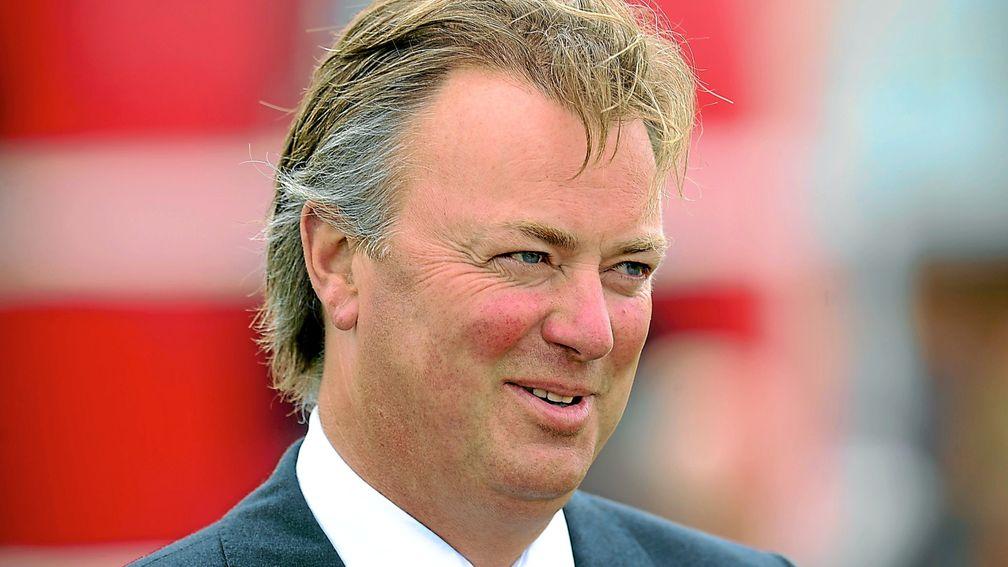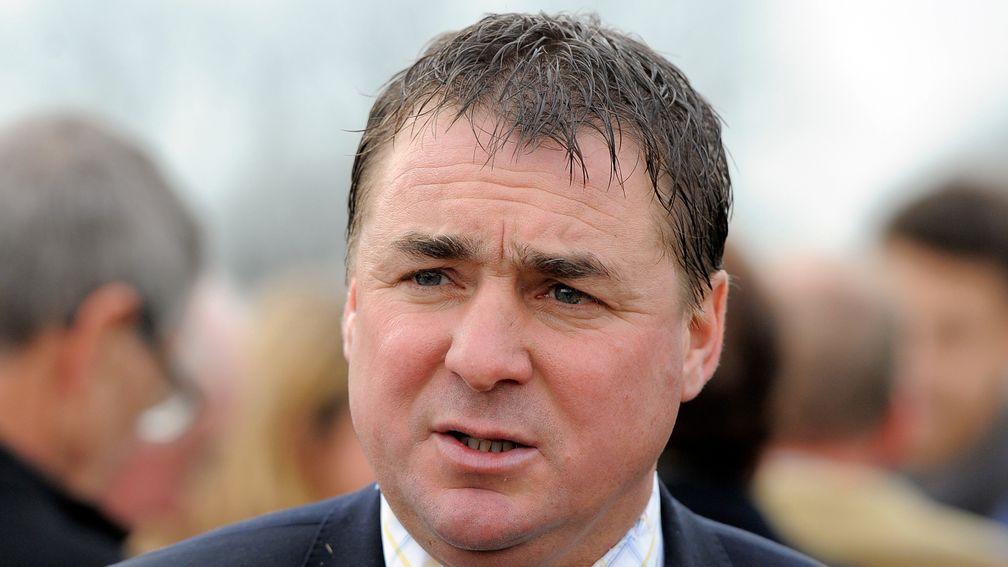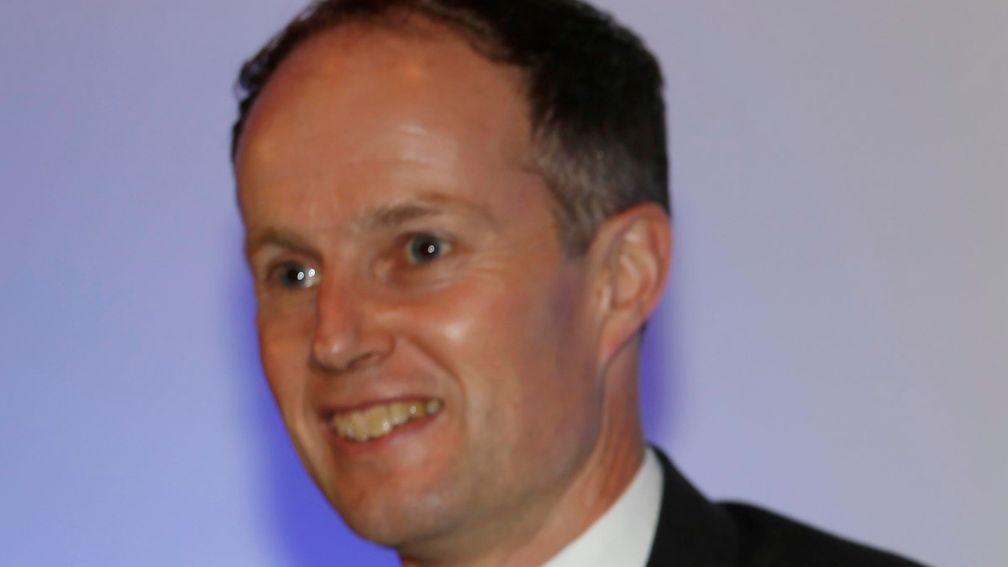BHA ban on 13 trainers from self-certifying non-runners draws mixed response
A group of 13 trainers has felt the brunt of the BHA’s mission to curb non-runners by having the ability to withdraw runners without a vet’s certificate removed for a year.
Reaction among the group swung from the resigned to the frustrated with Ben Haslam, who topped the list of those using self-certification to withdraw a declared runner, having already taken significant steps to rectify matters.
“I fully accept the decision,” said Haslam, who had 27 non-runners from 152 declarations for a percentage of 17.76 - in excess of the 14 per cent threshold set last April.
“I am confident I won’t be anywhere near the top of this list in 12 months’ time. If it was taken on the data from the last six months I would be well under the threshold.”
He added: “I was interviewed a while ago, from which time we basically had six months to get the percentage down. Since that interview I’ve had only one non-runner on the Flat and just 30 runners.
“It was an impossible task to rectify it, given so few runners and using data from the previous six months.”
Losing the ability to self-certify means the 13 trainers will need to call out a vet to issue a certificate over the next year, and that can sometimes cost around £70 for the owner.
SUSPENDED FROM SELF-CERTIFYING
| Trainer | Declarations | Non-runners | Percentage |
| Ben Haslam | 152 | 27 | 17.76 |
| Steph Hollinshead | 129 | 22 | 17.05 |
| Nikki Evans | 100 | 17 | 17.00 |
| Patrick Morris | 128 | 21 | 16.41 |
| Noel Wilson | 172 | 28 | 16.28 |
| David Brown | 294 | 46 | 15.65 |
| John O'Shea | 207 | 32 | 15.46 |
| Sylvester Kirk | 396 | 61 | 15.40 |
| Phil McEntee | 282 | 43 | 15.25 |
| George Baker | 203 | 30 | 14.78 |
| Harry Dunlop | 206 | 30 | 14.56 |
| Richard Whitaker | 117 | 17 | 14.53 |
| Richard Guest | 513 | 73 | 14.23 |
George Baker, tenth on the list with a percentage of 14.78 – below Haslam, Steph Hollinshead, Nikki Evans, Patrick Morris, Noel Wilson, David Brown, John O’Shea, Sylvester Kirk and Phil McEntee – was philosophical about the news.
“We’re marginally over the 14 per cent threshold at 0.78 per cent,” he said. “It’s there for a reason – a very good reason – and we’re above it.
“However, in no way will this impact on my primary concern which, as ever, is the welfare of my intended runners. That’s the core issue for me when assessing whether a horse should run or not.”

Richard Guest, three places below Baker with a percentage of 14.23, is incredulous about the accuracy of the figures given for his stable and intends to get them checked.
“We’re disputing the figures at the moment,” he said. “I certainly can’t remember too many self-certificates. The figures just seem over the top and the numbers aren’t stacking up. I’m a bit perplexed and will be in touch with the BHA if my feelings are right.”

All the affected trainers have 14 days to query the BHA's data, but it is not a formal appeal process. They will have the ability to self-certify reinstated only if the data is proved to be inaccurate.
Trainers had been informed in August 2017 that they had until April 1 to ensure their non-runner rates were below prescribed thresholds – which were set at 50 per cent above the average non-runner rate – or they would have their right to self-certify removed.
At present the thresholds stand at 14 per cent on the Flat and 12 per cent over jumps. No jumps trainers are operating above the current threshold, which will fall to ten per cent from the end of June.
This was a recommendation from the non-runners review, which had the objective of decreasing non-runner rates, and included extensive data analysis and consultation with the National Trainers Federation, Professional Jockeys Association, Racecourse Association, Racehorse Owners Association and Horseracing Bettors Forum.
The removal of the ability to self-certify was a recommendation that came from the BHA's review into non-runner rates. Early indications are that the review has had a positive effect.
Overall non-runners have reduced 14 per cent to 5.7 per cent of declarations (from 6.6 per cent) for the first three months of 2018 compared to the same period in 2017.
BHA chief operating officer Richard Wayman said: “It is essential we take these steps to reduce the number of non-runners. They are not good for our sport, its fans or its participants.
"All of the bodies who took part in the recent review agreed we should do this by targeting those trainers who are consistently generating a high rate of non-runners, rather than putting in place measures that unfairly affect or restrict those trainers who operate within the spirit of the rules.

"What the data has shown is that the vast majority of trainers are able to operate well beneath the thresholds without any issue."
The average non-runner rates for 2017 were 9.3 per cent on the Flat, and 6.6 per cent over jumps. Based on the principle that the threshold rate would be set initially at 50 per cent above the average non-runner rate, this means the thresholds will become ten per cent or higher over jumps and remain at 14 per cent or higher on the Flat.
The new thresholds will apply from the end of June for the following 12 months, and trainers were informed of this in January.
WHAT IS SELF-CERTIFICATION?
Self-certification was brought in ten years ago. It ended the practice of a veterinary certificate being issued which reflected that, although there were no abnormal clinical findings, the trainer had reported something to indicate a horse was not fit to run.
Explaining the move, the BHA said at the time: “Introducing self-certification will remove the need for vets to issue a veterinary certificate when they can’t find any clinical abnormality, such as a horse not eating up, while not allowing such horses to run for six days will prevent any abuse.
“It will also have the benefit of saving owners a significant amount of money in veterinary bills each year.”
The cost of obtaining a vet’s certificate was on Wednesday said to be around £70.
Members can read the latest exclusive interviews, news analysis and comment available from 6pm daily on racingpost.com
Published on 4 April 2018inNews
Last updated 16:45, 6 April 2018
- The latest edition of the Racing Post is available to read online now - here's how you can access it
- How Smart View recorded a 76 per cent profit at the Cheltenham Festival
- Smart View is available on the Racing Post app - how to read the revolutionary new racecard
- Levy reform talks 'accelerating' as clock ticks down to April deadline for agreement
- Kieran Shoemark lands another plum Meydan ride for Gosden stable on Trawlerman in Saturday's Dubai Gold Cup
- The latest edition of the Racing Post is available to read online now - here's how you can access it
- How Smart View recorded a 76 per cent profit at the Cheltenham Festival
- Smart View is available on the Racing Post app - how to read the revolutionary new racecard
- Levy reform talks 'accelerating' as clock ticks down to April deadline for agreement
- Kieran Shoemark lands another plum Meydan ride for Gosden stable on Trawlerman in Saturday's Dubai Gold Cup